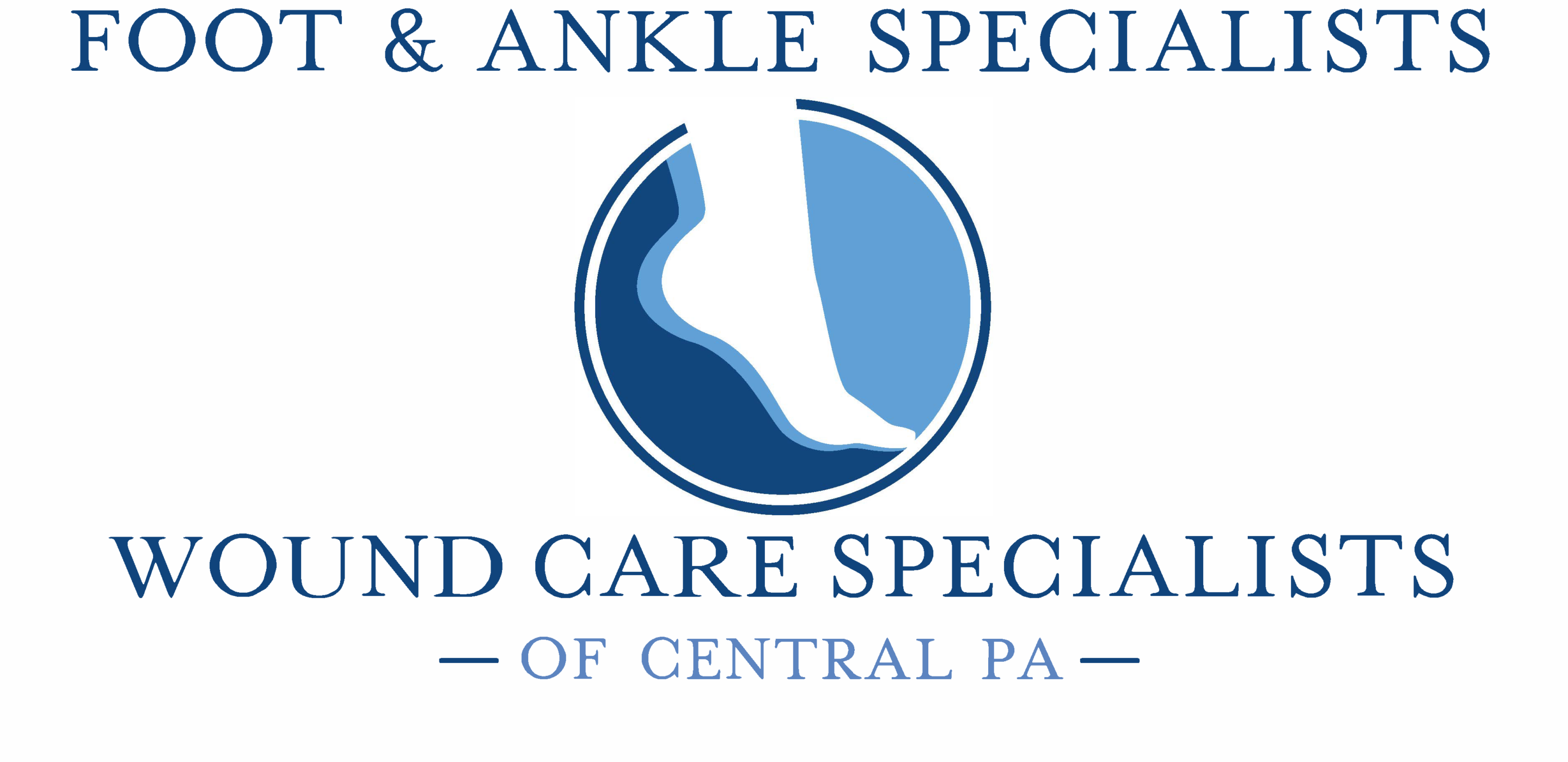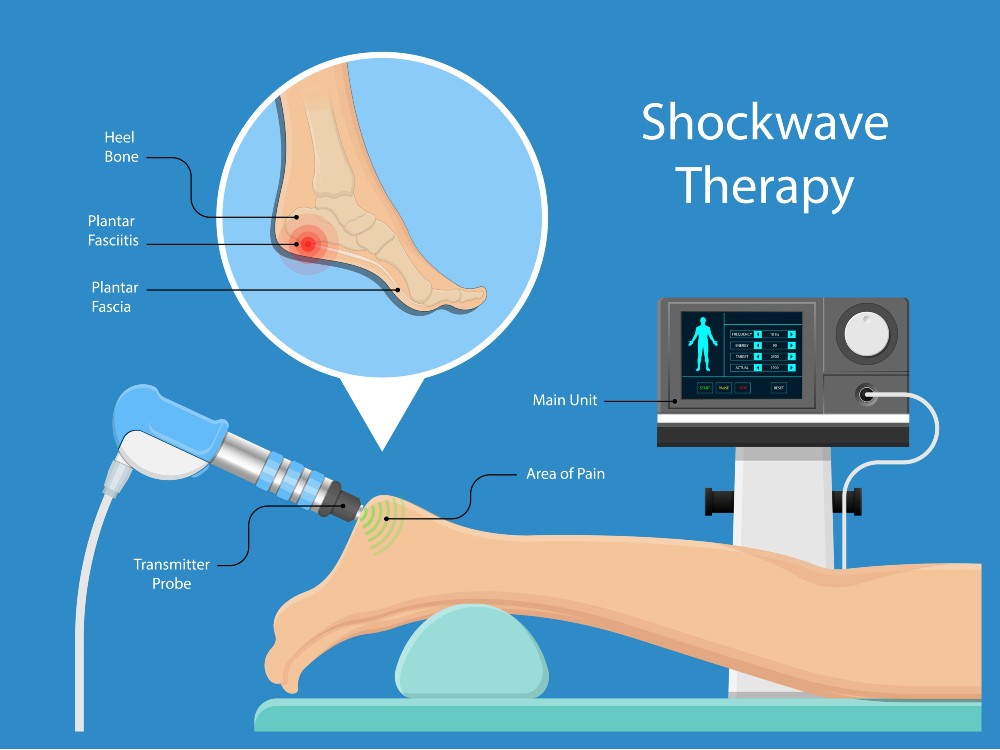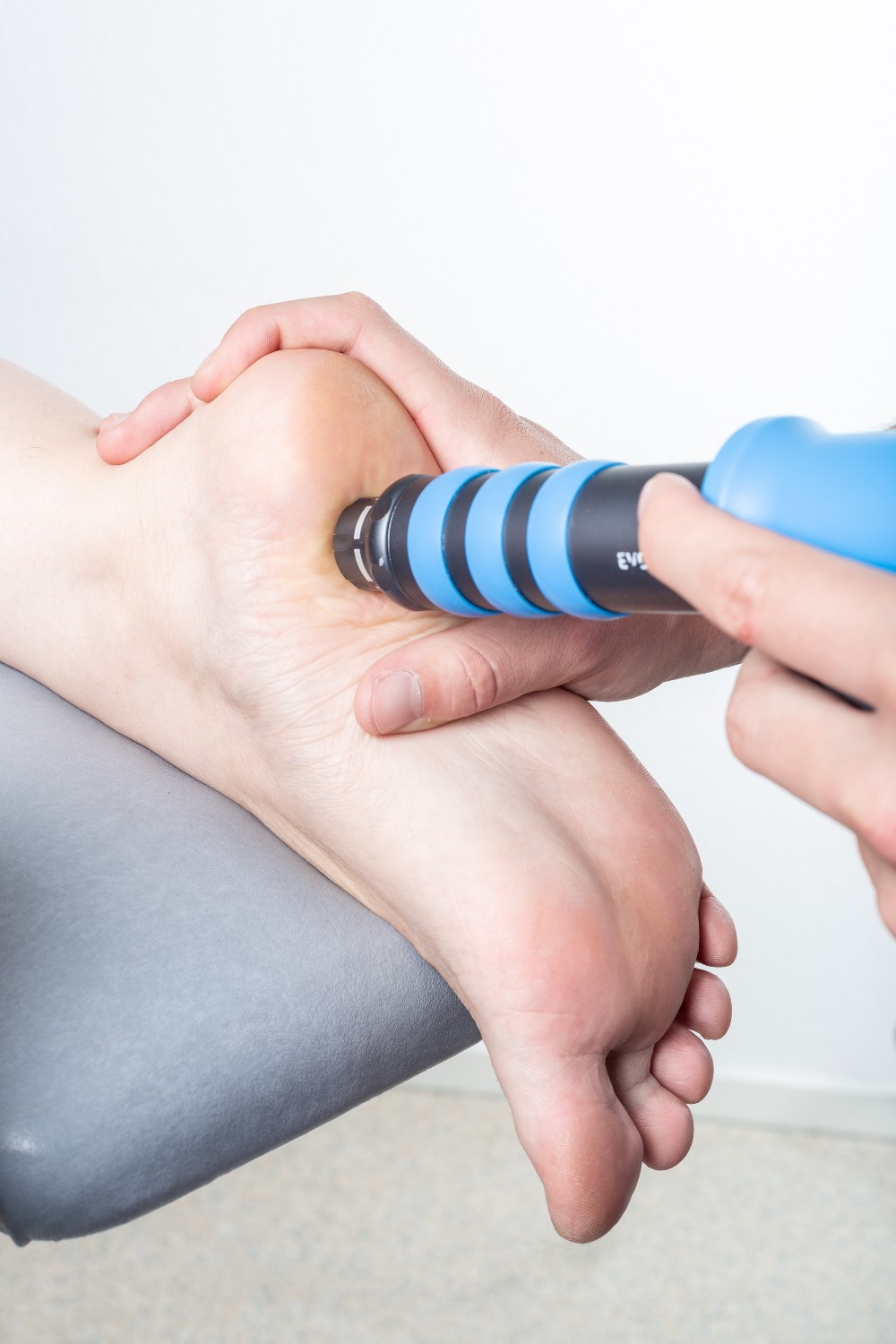EPAT Therapy: The Non-Invasive Solution for Heel Pain
If you’re dealing with persistent heel pain, you’re not alone—and if ice, rest, or orthotics haven’t worked, it might be time to consider a more advanced option. Enter EPAT therapy: a modern, non-invasive treatment that’s helping thousands find relief from chronic foot conditions without surgery or medication.
Extracorporeal Pulse Activation Technology (EPAT) is FDA-approved and has shown impressive results in treating plantar fasciitis, Achilles tendinitis, heel spurs, and more. In fact, many patients who’ve struggled with chronic pain for months—or even years—find EPAT to be the breakthrough they’ve been waiting for.
What Is EPAT Therapy?
EPAT, or Extracorporeal Pulse Activation Technology, is a form of shockwave therapy that uses high-energy sound waves to stimulate the body’s natural healing process. These acoustic waves penetrate the skin and soft tissue, creating a controlled form of microtrauma that increases blood circulation, promotes cell regeneration, and encourages damaged tissue to heal.
A key advantage of EPAT is that it’s completely non-invasive—no surgery, no need for anesthesia, and no downtime required. Unlike more traditional options, EPAT doesn’t just manage symptoms—it targets the root cause of pain, making it a powerful alternative to surgery or long-term medication use.
While it’s technically part of the broader Extracorporeal Shockwave Therapy (ESWT) family, EPAT is considered a more advanced and focused version, delivering better-targeted results with improved patient comfort.
What Conditions Can EPAT Help Treat?
EPAT is widely used in sports medicine and podiatry for its versatility and effectiveness. It’s commonly used to treat a range of conditions, such as:
Plantar Fasciitis
This is a leading cause of heel pain, resulting from inflammation and tiny tears in the plantar fascia. EPAT helps by breaking down scar tissue, improving blood flow, and stimulating the tissue’s natural healing response. Many patients notice a significant reduction in pain and an improvement in function within weeks.
Achilles Tendinitis
Chronic inflammation or degeneration of the Achilles tendon can be painful and slow to heal. EPAT has proven effective in reducing inflammation and promoting tendon regeneration, helping people
Heel Spurs
Heel spurs are calcium deposits that can cause sharp, stabbing pain. EPAT targets the soft tissue inflammation around the spur, alleviating pain and promoting healing, without the need for surgical removal.
Stress Fractures and Morton’s Neuroma
EPAT can also aid in the recovery of stress fractures by improving blood flow to the bone and surrounding tissue, speeding up healing. For patients with Morton’s Neuroma, EPAT helps relieve nerve compression and inflammation, reducing pain and improving foot function.
General Heel Pain
If your heel pain doesn’t fall into a specific diagnosis, or if it’s been lingering despite multiple treatment attempts, EPAT may still be the solution. By triggering the body’s natural healing response, it effectively addresses many chronic conditions affecting the foot and ankle.
How Does EPAT Therapy Work?
At its core, EPAT therapy is about triggering the body to heal itself. During treatment, high-energy sound waves are delivered to the affected area using a handheld device. These waves create tiny disruptions in the tissue—microtrauma—which then stimulate the body’s repair mechanisms.
This process boosts circulation, encourages the production of collagen, and helps clear out chronic inflammation. It’s a natural, regenerative solution that treats pain at the source.
What to Expect During Treatment
A typical EPAT session lasts about 10 to 15 minutes, and most patients require between three to five sessions, spaced about a week apart. There’s no need for anesthesia, and patients can walk out immediately afterward and resume normal activities—a major benefit compared to more invasive options.
When Will You Feel Results?
Some patients notice an improvement after the first treatment, but most begin to feel better after 3 to 4 weeks, with full results typically developing over the course of 8 to 12 weeks. As healing continues beyond the final session, patients often experience steady, lasting relief.
EPAT Therapy vs. Traditional Heel Pain Treatments
People often begin treating foot pain with rest, orthotics, or medication. Although these methods can offer short-term relief, they typically fail to target the underlying cause.
Orthotics, for example, offer structural support, but they don’t help the tissue heal. Surgery may be effective, but it involves downtime, risk of complications, and a longer recovery. Medications can ease discomfort, but they often come with side effects and don’t promote real healing.
EPAT stands out by offering a safe, non-invasive, and effective solution that tackles the underlying cause, not just the symptoms. For many, it’s the ideal middle ground between conservative care and surgical intervention.
Why Patients Love EPAT Therapy
EPAT offers more than simple pain relief. Here’s what makes it a popular choice among patients:
- No downtime – You can return to work, hobbies, or sports right after treatment.
- High success rate – Studies report a 91% effectiveness rate with over 80% patient satisfaction.
- Minimal risk – No incisions, no anesthesia, and virtually no side effects.
Is EPAT Therapy Right for You?
EPAT therapy is best suited for people who have chronic heel pain or conditions like plantar fasciitis, Achilles tendinitis, or heel spurs that haven’t responded well to traditional treatments. It’s especially beneficial for active individuals, those who want to avoid surgery, and anyone looking for a non-invasive heel pain treatment option.
However, EPAT may not be appropriate for everyone. Individuals who are pregnant, have active cancer, or use pacemakers should consult with a physician before undergoing EPAT treatment.
The Future of Foot Pain Treatment
Heel pain doesn’t have to be your “new normal.” Whether you’re struggling with Achilles tendinitis, plantar fasciitis, or general heel discomfort, EPAT therapy offers an innovative, evidence-backed path to healing.
If you’re ready to get back on your feet—literally and figuratively—it’s time to take the next step.
Book your EPAT consultation today and take the first step toward long-term relief.


